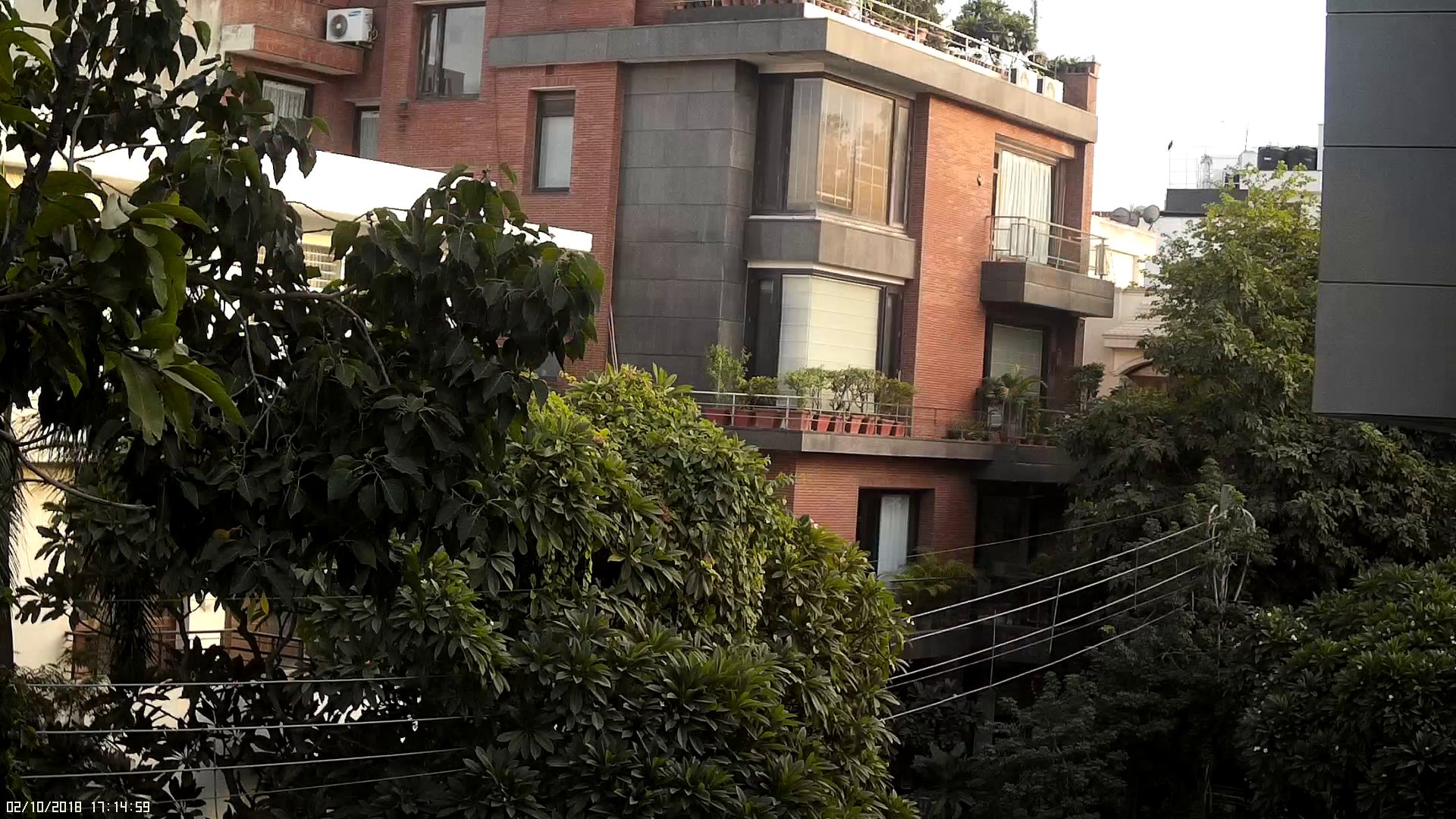It's a basic of photography that DOF is related to aperture. Jackalaphoto offered one possible explanation above. I offered another possible explanation in the form of quality control. There may be others factors. However, DOF is directly related to aperture size.
Yo're not reading properly. Above I was answering a question as to why quality lens manufacturing costs were still high given modern mass production techniques, a point raised by another member. Fluorite and it's manufacturing process was one example of that. Again, for the 3rd time, I don't realistically expect to see fluorite on any dashcam, although I wouldn't turn it down either.
Not really. I can save for a quality dashcam. That's far different to having a pile of useless lenses which is money wasted, sat in a cupboard somewhere. 1 is money well spent, the other is money wasted.
I never said it did. I said MTF directly affects the sharpness of the recorded image from the lens, and is more important than matching the Nylquist as in the link I posted:
https://www.ien.eu/uploads/tx_etim/resolveopticsarticle2016a.pdf
Good Lord!, so now you are stretching your logic to the point of blaming the difference between DOF performance between two disparate lenses (from different manufacturers) that are entirely unknown to you and which you have never seen, handled or tested on "quality control". Unbelievable! Obviously, you've run out of wacky logic to offer and despite the best evidence refuse to observe the laws of physics, optical design, the concepts of relative aperture vs effective aperture vs absolute aperture, entrance pupils, or any other known factors that have been pointed out to you.
Somehow you've suddenly miraculously shifted from compulsive table pounding about the virtues of ridiculously expensive high end, distortion free lenses that apparently according to you everyone here, except you, should run out and purchase now to "money wasted" on other interesting, viable and worthwhile lenses that you also refuse to purchase but that many of use have had a grand time experimenting with, learning about, benefiting from and putting into daily use with excellent results. Oh, that we could all be such ivory tower elitists like you looking down our noses at these "useless" lenses that we only know about because we've read about them on the internet.
You know,
@c4rc4m, I've had just about enough of this. Not long ago, you accused me of
"jumping in to attack you" and even libeling you. And you then went on to state that you want nothing to do with me on this forum, even claiming that you had "blocked" me. Yet since then you repeatedly mention me by name in your posts, tag me in posts or as you've done here in this thread and elsewhere quote some remark I've made with a reply that is guaranteed to elicit a reply from me. In this case, you made claims that had nothing whatsoever to do with what I said but that apparently were engineered to start one of these endless petty disputes which you then carry on for days.
You did the same thing last August when I casually mentioned that I might like to experiment with some IR flash photography, "jumping in" and insisting that it won't work despite the fact that I never said what I intended to do or what type of still or video camera I intended to do it with. Yet for some reason you continued relentlesly pressing the issue, day after day presenting incorrect information that you found on the internet, and having no personal experience with IR photography until you had provoked a fight. Like now, you go on with this crap for as long as you can keep it going in what is beginning to amount to some weird form of trolling.
You need to stop this behavior.
You are entitled to say what ever you like here on this forum however vicarious, incorrect, ignorant or pie in the sky your observations and opinions may be, but please leave me out of it. Like I've said, I've had just about enough of your
sciolist, prentious and provocative attitude.

